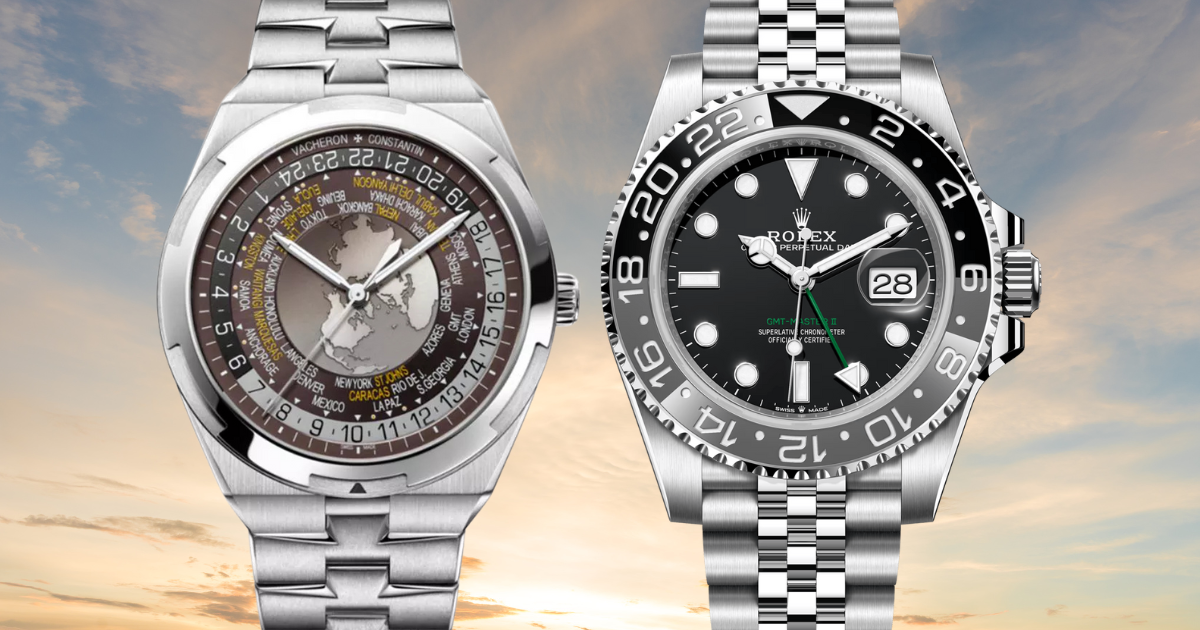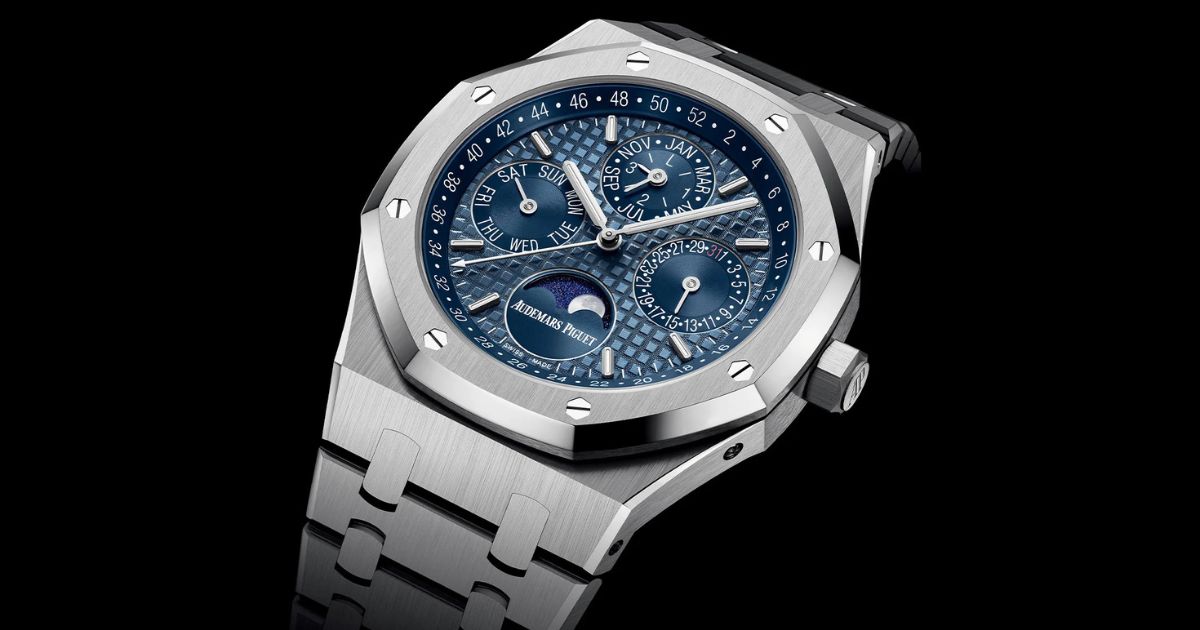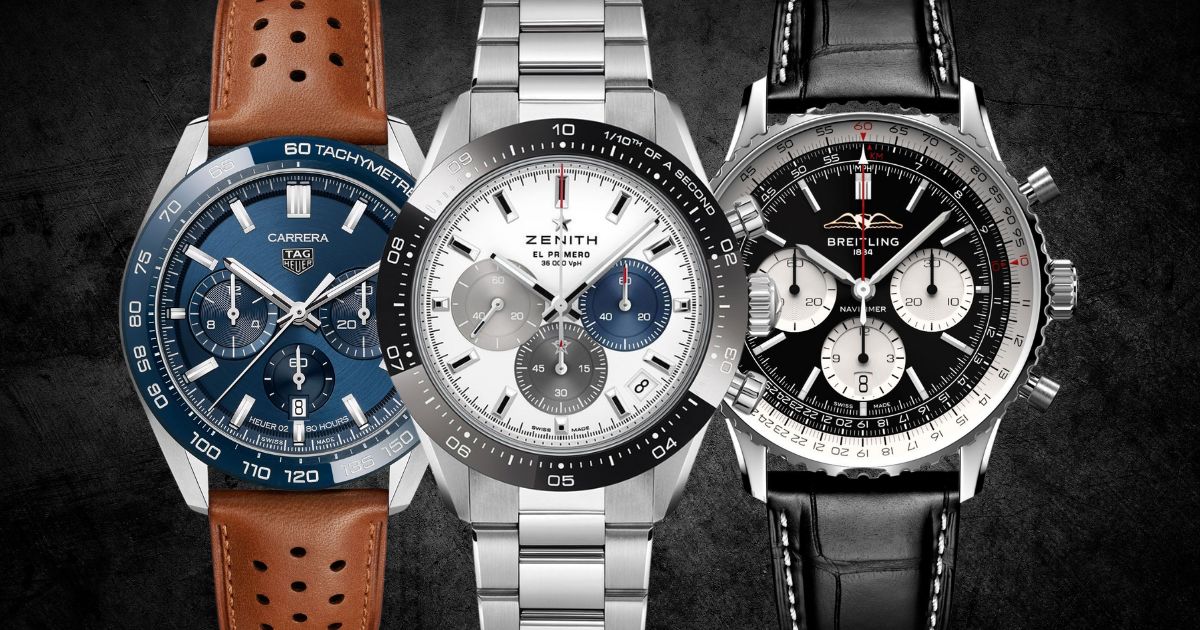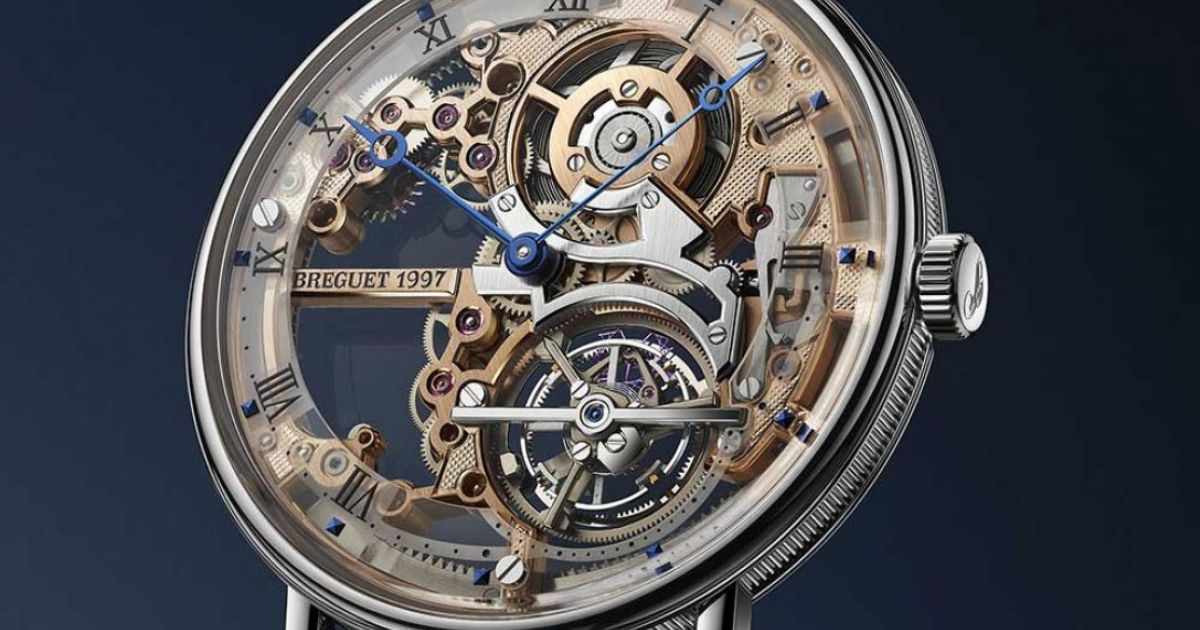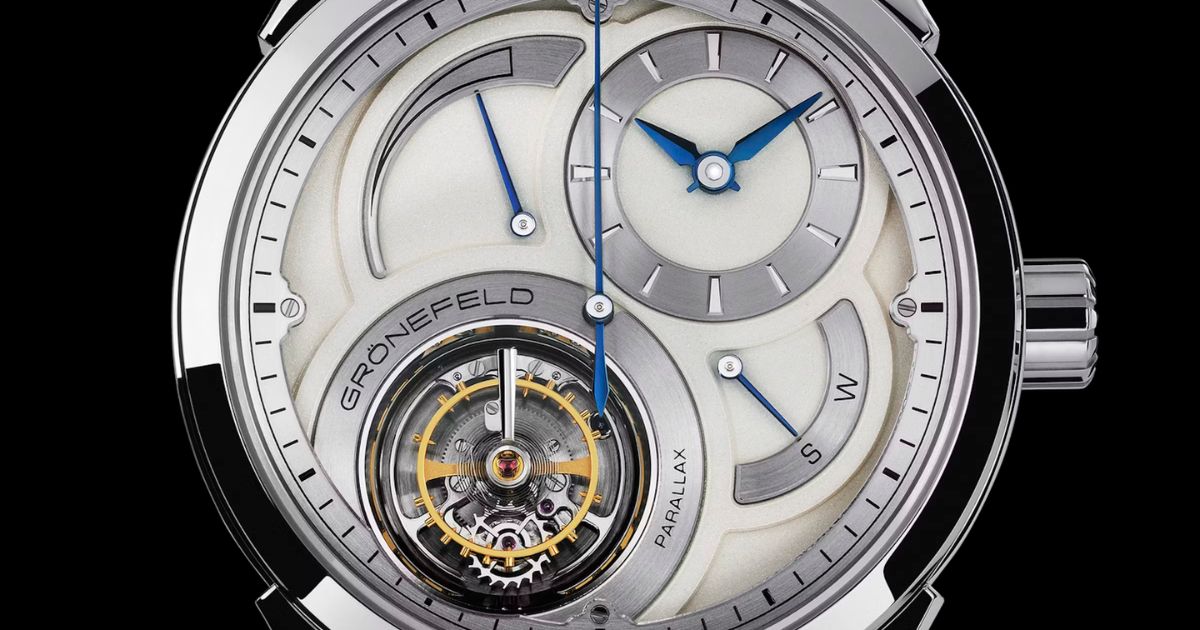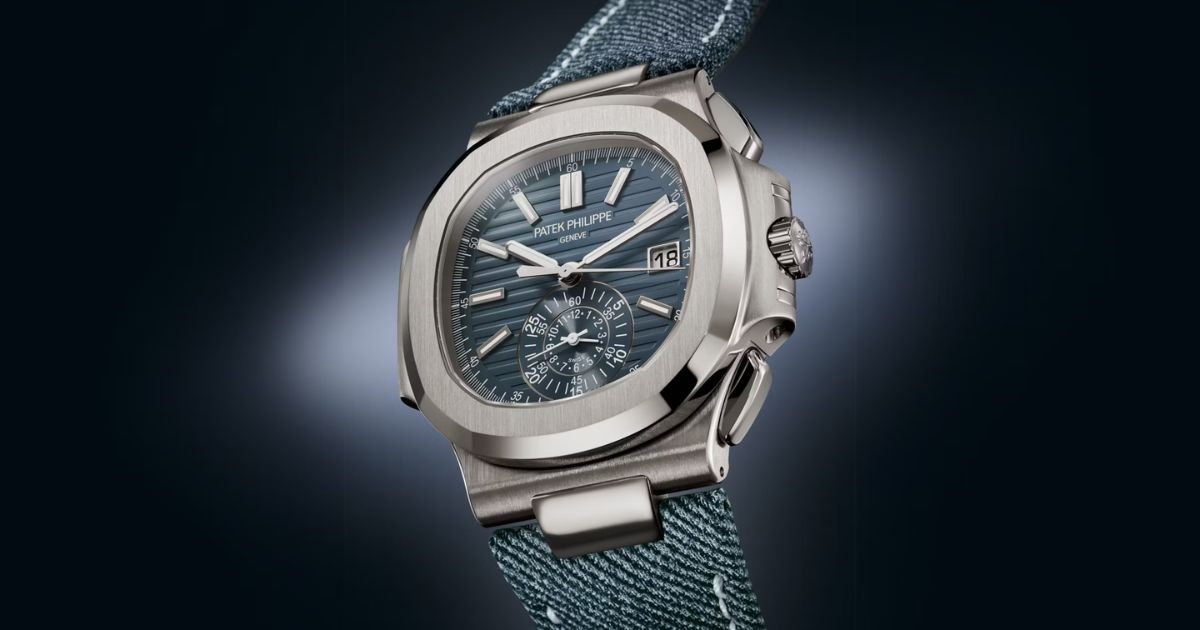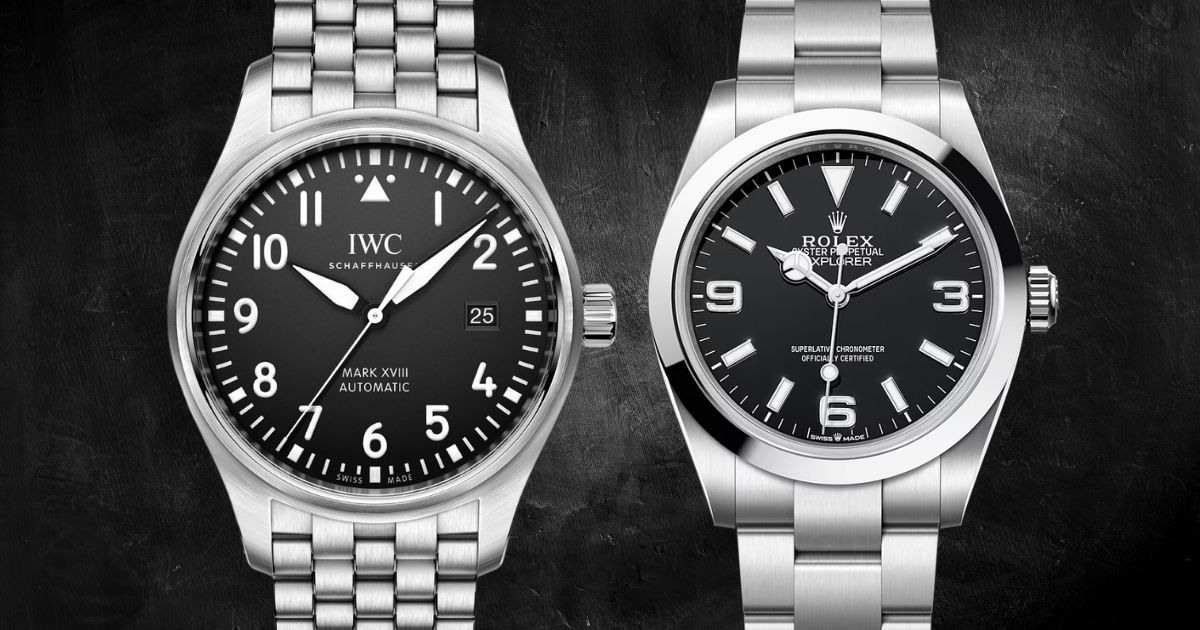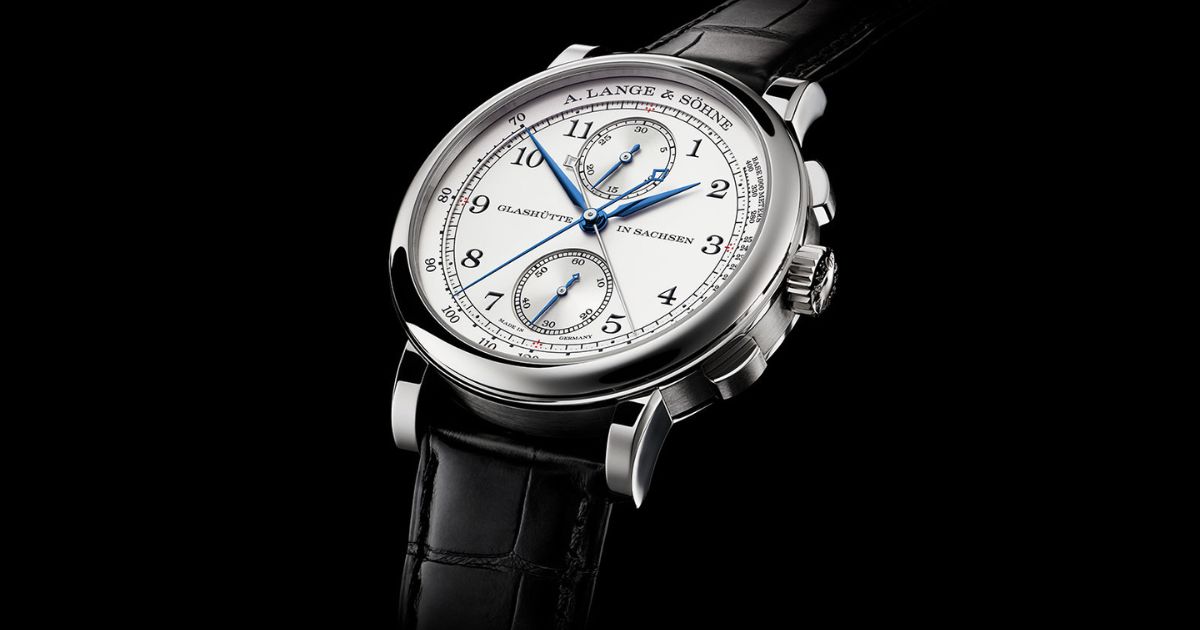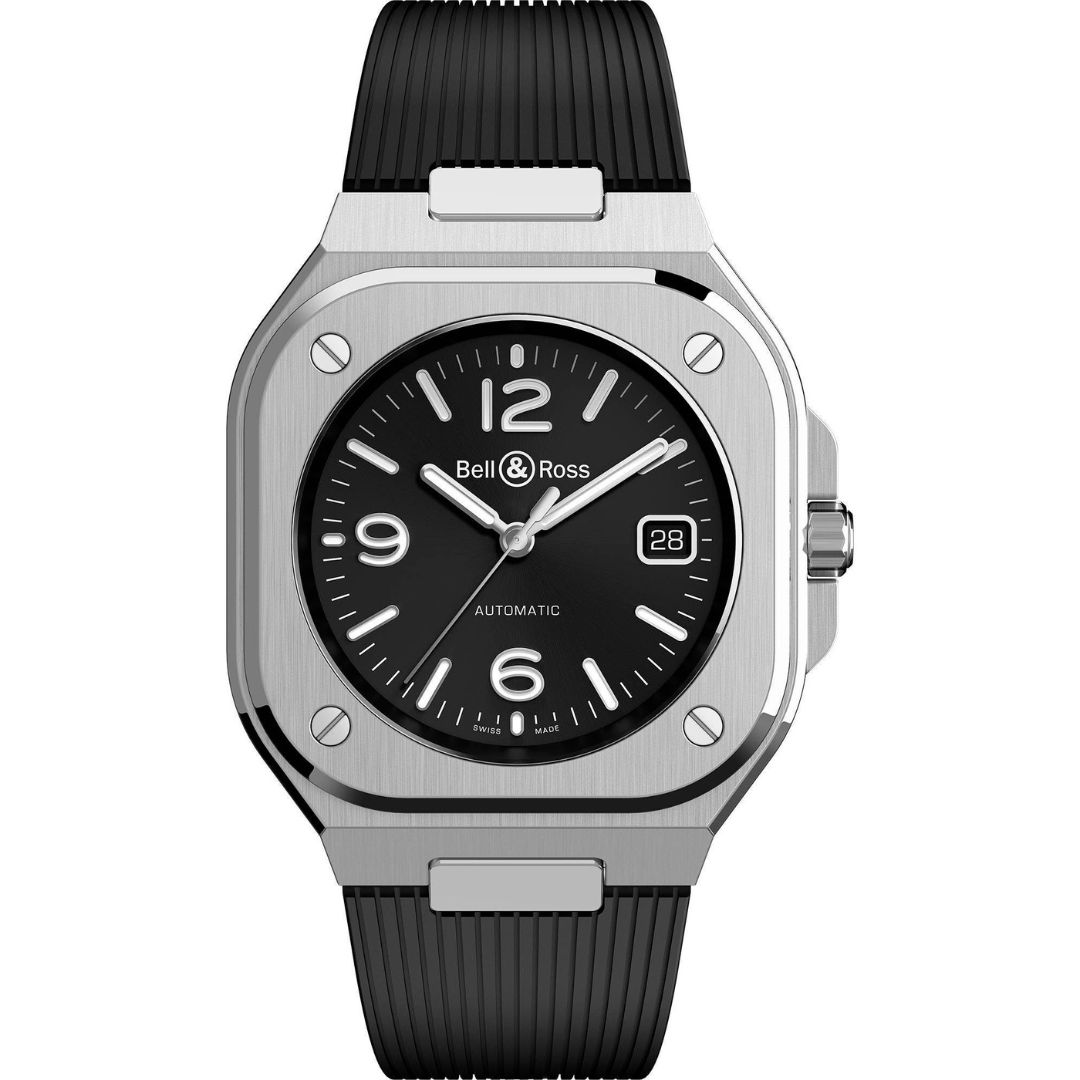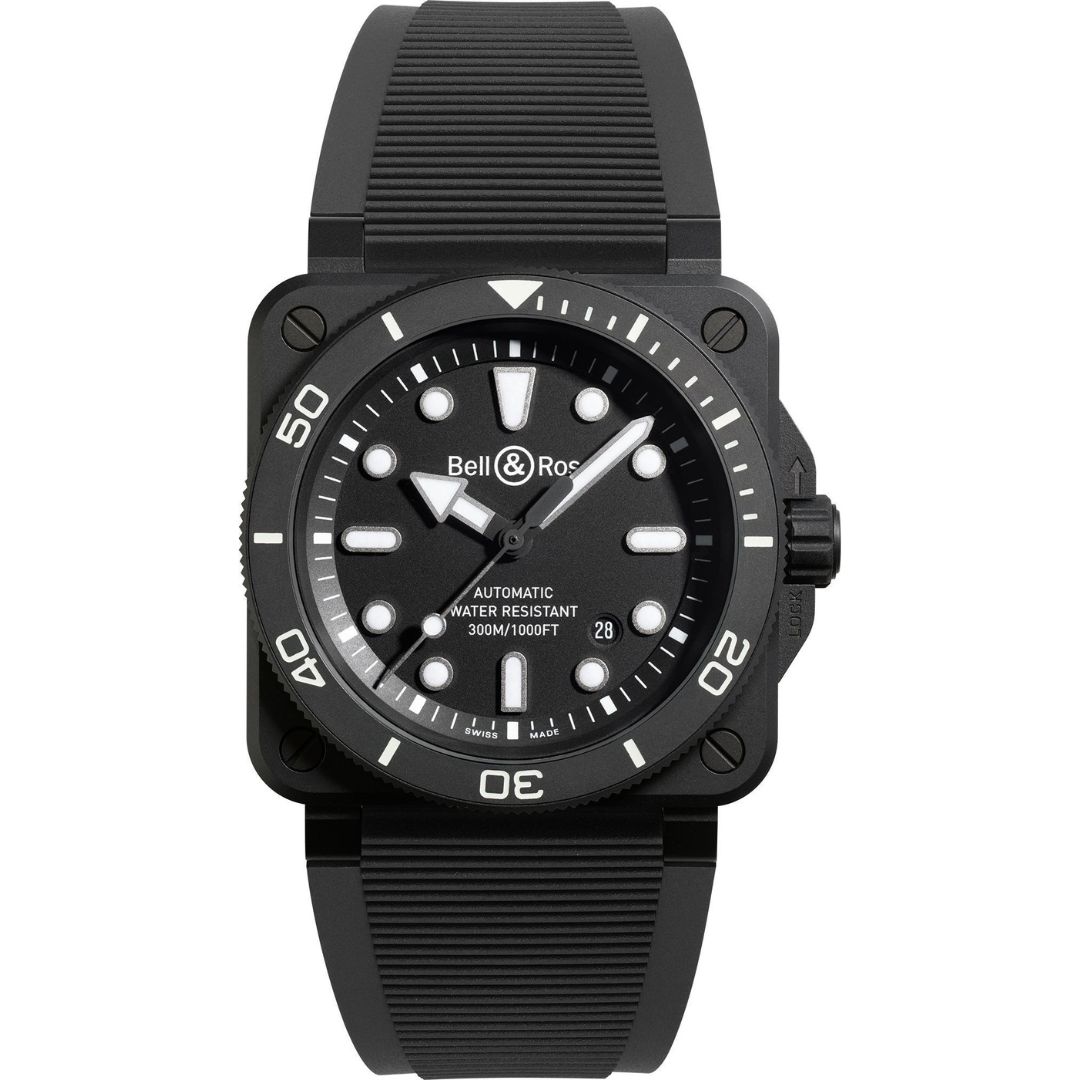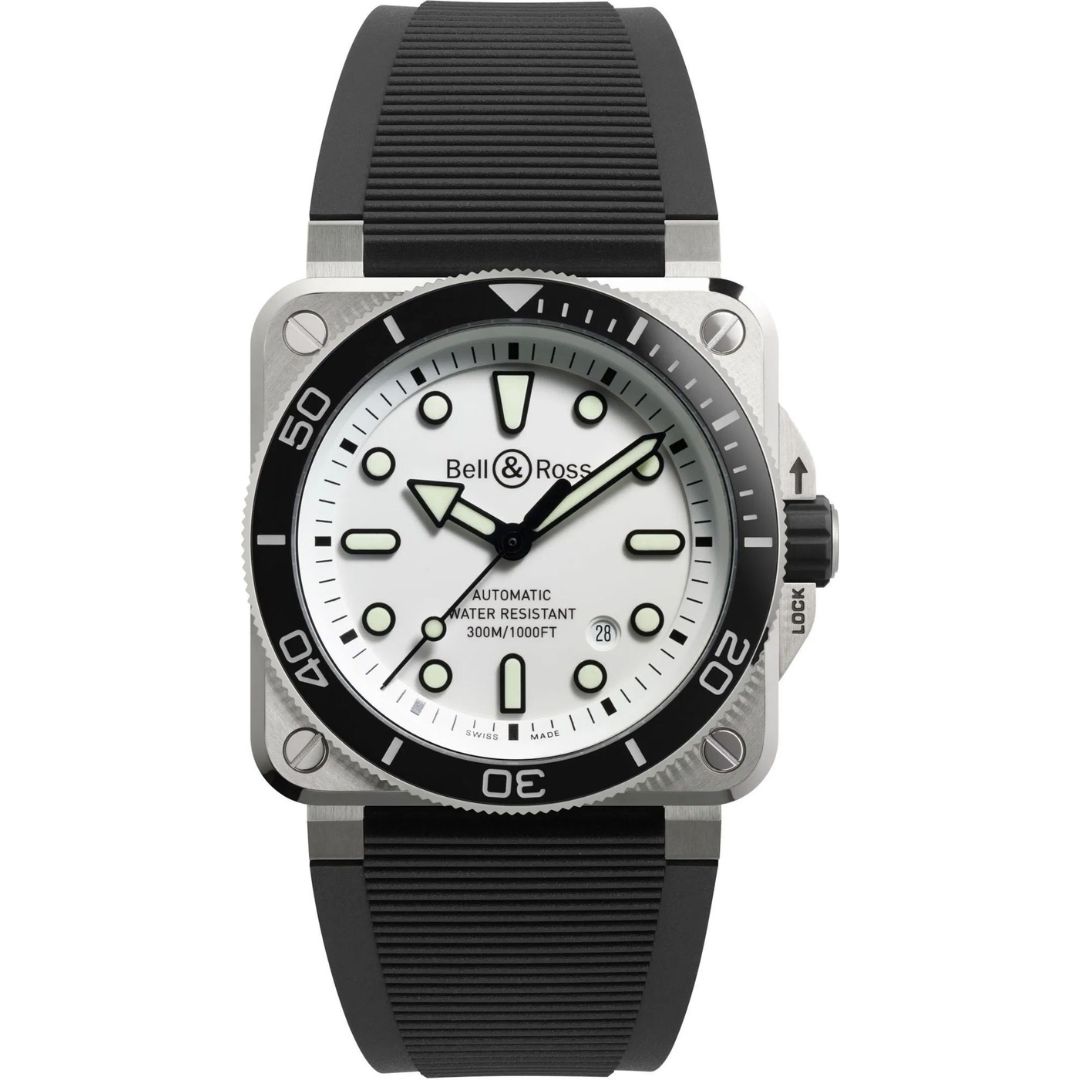In the age of global connectivity, timekeeping has evolved far beyond simple hour and minute tracking. For frequent travelers, business professionals, and horological enthusiasts, watches that offer multiple time zones have become essential tools—and fascinating mechanical marvels. Among the most popular categories in this realm are GMT (Greenwich Mean Time) watches and World Time watches.
Though both are designed to help you track more than one time zone, they serve different functions and cater to different lifestyles. In this article, we’ll explore the key distinctions between GMT and World Time watches, their histories, mechanisms, and how to choose the right one based on your needs.
Understanding Time Zones and the Need for Multi-Time Zone Watches
Time zones were established in the late 19th century to standardize timekeeping across regions, particularly for scheduling railroads. Today, there are 24 standard time zones (and a few fractional ones), each corresponding roughly to 15 degrees of longitude.
For people who travel frequently or need to coordinate across borders—such as pilots, international businesspeople, and military personnel—being able to track multiple time zones is not just a convenience, it’s a necessity. This is where GMT and World Time watches come in.
GMT Watches: A Practical Dual-Time Companion
What Is a GMT Watch?
A GMT watch is a timepiece designed to display two time zones simultaneously. It does this by adding a 24-hour hand(often in a distinctive color) that circles the dial once per day, in addition to the regular 12-hour hand.
This 24-hour hand usually points to a second time zone via a rotating bezel marked with 24 hours or a fixed 24-hour scale on the dial. The local time is read with the standard hour and minute hands, while the second time zone is read using the GMT hand.
Origins of the GMT Watch
The GMT complication gained fame with the Rolex GMT-Master, launched in 1954 for Pan Am pilots flying transcontinental routes. It allowed them to track both their home (or “base”) time and the time at their destination.
Since then, many brands have adopted the GMT complication—ranging from luxury models by Omega, Tudor, and Grand Seiko to affordable tool watches by Seiko, Citizen, and microbrands like Baltic or Nodus.
How It Works
A typical GMT watch features:
- Four hands: hour, minute, seconds, and a GMT hand.
- The GMT hand is set independently from the main hour hand.
- A rotating 24-hour bezel (in some models) allows for tracking a third time zone.
There are two types of GMT movements:
- Caller GMT: The GMT hand is independently adjustable (useful for keeping home time static).
- Flyer GMT: The local hour hand is independently adjustable (ideal for travelers changing time zones frequently).
World Time Watches: A Global Perspective
What Is a World Time Watch?
Unlike a GMT, a World Time watch allows the wearer to view the time in all 24 time zones at a glance. It does so via a rotating 24-hour disc and a city ring that lists major cities representing each time zone.
With a quick look, you can tell the current time in Tokyo, New York, Paris, and Sydney, all at once—making it an excellent tool for global coordination.
Origins of the World Time Watch
The first World Time watch is credited to Louis Cottier, a Geneva-based watchmaker who developed the mechanism in the 1930s. He created custom World Time complications for prestigious brands like Patek Philippe, Vacheron Constantin, and Rolex.
Patek Philippe’s Ref. 1415, launched in 1939, became the archetype of the modern World Time watch. Today, these watches remain some of the most prestigious and technically impressive timepieces in the world.
How It Works
A World Time watch typically features:
- A central dial for local time (often home time).
- A rotating 24-hour disc that aligns with a static or rotating city ring.
- Day/night indication on the 24-hour disc, often divided into light and dark halves.
Setting a World Time watch usually involves aligning the current city at the 12 o’clock position, after which the rest of the time zones automatically sync.
Key Differences Between GMT and World Time Watches
| Feature | GMT Watch | World Time Watch |
|---|---|---|
| Time Zones Tracked | 2 to 3 | 24 |
| Best For | Pilots, frequent travelers | Global professionals, conference callers |
| Ease of Reading | Easy for 2–3 zones, limited beyond that | Can view all 24 time zones at a glance |
| Complexity | Moderately complex | Highly complex |
| Adjustability | Good for quickly changing local time | Often requires stopping the movement |
| Design Style | Sporty, tool-watch aesthetic | Dressy, often intricate and elegant |
| Price Range | Broad (affordable to high-end) | Mostly mid to high-end |
Pros and Cons
GMT Watches
Pros:
- Easier to operate and adjust.
- Great for travelers moving between two time zones.
- Often more robust and sporty.
Cons:
- Limited to tracking 2 (or 3 with bezel) time zones.
- Can be confusing without a clear 24-hour indication.
World Time Watches
Pros:
- Global time at a glance.
- Elegant and often beautifully decorated.
- Useful for global coordination (e.g., calls, meetings).
Cons:
- Typically more expensive.
- Setting can be less intuitive.
- Less suitable for frequent local time changes.
Choosing Between a GMT and World Time Watch
The choice depends on your lifestyle, budget, and design preferences.
Go for a GMT if:
- You travel often between a home base and a destination.
- You need to track just one or two additional time zones.
- You want a sportier watch or something with daily practicality.
- You’re on a more modest budget.
Recommended Models:
- Rolex GMT-Master II
- Tudor Black Bay GMT
- Seiko 5 GMT
- Grand Seiko Spring Drive GMT
Opt for a World Time if:
- You regularly deal with global clients or markets.
- You want to see the entire world’s time zones instantly.
- You appreciate haute horlogerie and artistic dials.
- You’re looking for a dressier or statement piece.
Recommended Models:
- Patek Philippe World Time Ref. 5230
- Vacheron Constantin Overseas World Time
- Jaeger-LeCoultre Geophysic Universal Time
- Nomos Zürich Weltzeit (a simplified World Time with personality)
Design and Aesthetic Considerations
GMT watches often exude a tool-watch aesthetic with bold colors and practical layouts. Think of the red-and-blue “Pepsi” bezel of the Rolex GMT-Master, or the black-and-burgundy of Tudor’s Black Bay GMT.
World Time watches, on the other hand, are typically dressier, with more intricate dials. The world map motif is common, and brands often employ guilloché patterns, lacquer finishes, or hand-engraving to enhance visual appeal.
Innovations and Hybrid Designs
Some modern watches blend elements of both GMT and World Time functionalities. For instance:
- The Ball Engineer Master II Diver Worldtime shows local time, second time zone, and all 24 time zones in a unique configuration.
- Montblanc’s Orbis Terrarum combines mechanical World Time with a stunning layered dial.
- Citizen’s Eco-Drive Satellite Wave GPS watches offer World Time functionality via GPS syncing, making setting automatic and accurate.
These hybrids blur the line, offering more versatility at the cost of increased complexity or cost.
Final Thoughts
While both GMT and World Time watches are designed to track multiple time zones, they approach the task from different philosophies.
- GMT watches are practical, intuitive, and ideal for travelers who shift between one or two time zones.
- World Time watches are sophisticated, beautifully crafted, and perfect for those who operate on a global scale or appreciate the artistry of horology.
Whichever you choose, both types of watches reflect the ingenuity of mechanical watchmaking and the enduring human desire to stay connected—across cities, countries, and continents.






























